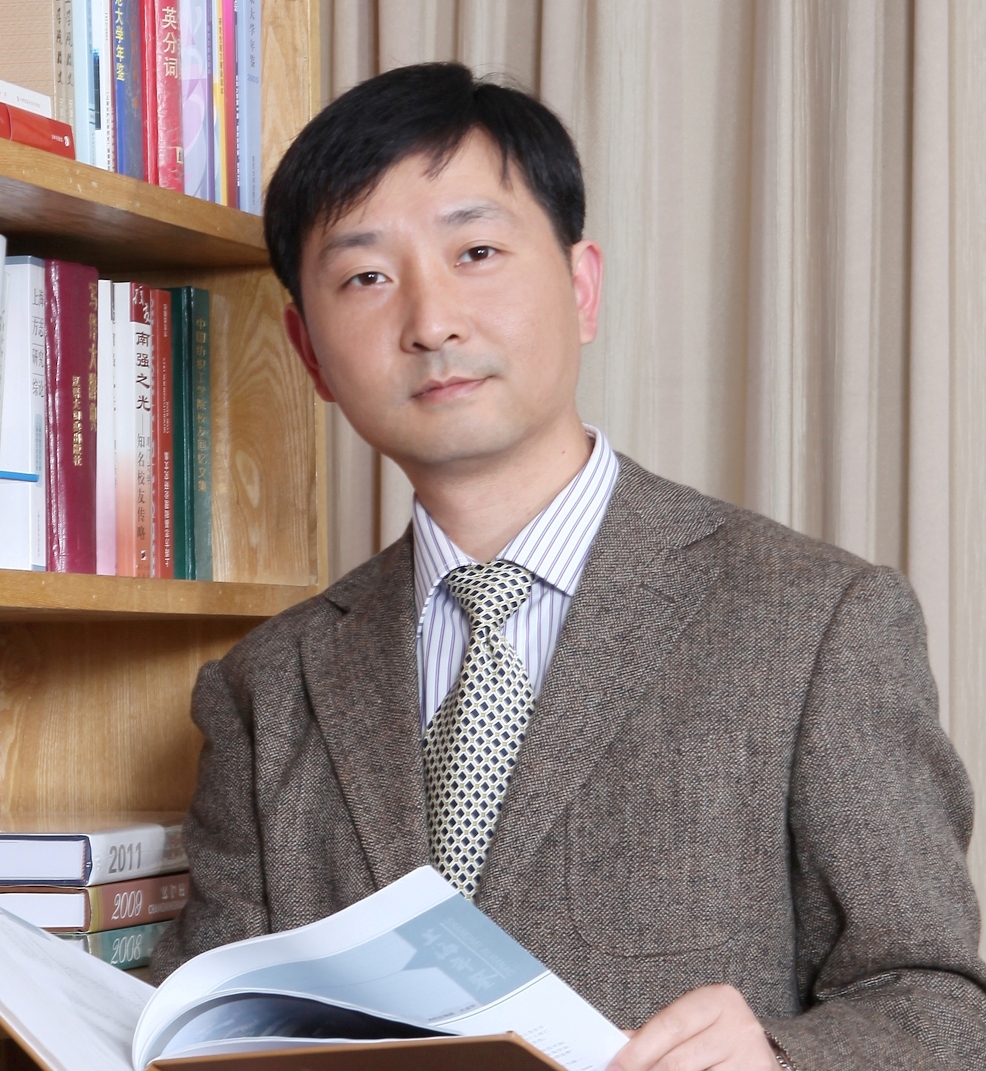-
79浏览
-
0点赞
-
1收藏
-
0分享
-
23下载
-
0评论
-
引用
期刊论文
Comparison of methods for detoxification of spruce hydrolysate for bacterial cellulose production
Microbial Cell Factories, 2013, 12: 93.,-0001,():
Background: Bacterial cellulose (BC) is a nanostructured material with unique properties and wide applicability. In order to decrease the production cost of bacterial cellulose, lignocellulose-based media have considerable potential as alternative cost-effective feedstocks. However, pretreatment and enzymatic hydrolysis of lignocellulose to sugars also generate fermentation inhibitors. Detoxification of lignocellulosic hydrolysates is needed to achieve efficient production of BC. In this investigation, different methods for detoxification of spruce hydrolysate prior to production of BC were compared with respect to effects on potential inhibitors and fermentable sugars, sugar consumption, BC yield, and cell viability. The objectives were to identify efficient detoxification methods and to achieve a better understanding of the role played by different inhibitors in lignocellulosic hydrolysates. Results: In a first series of experiments, the detoxification methods investigated included treatments with activated charcoal, alkali [sodium hydroxide, calcium hydroxide (overliming), and ammonium hydroxide], anion and cation ion-exchange resins, and reducing agents (sodium sulfite and sodium dithionite). A second series of detoxification experiments included enzymatic treatments (laccase and peroxidase). The potential inhibitors studied included aliphatic acids, furan aldehydes, and phenolic compounds. The best effects in the first series of detoxification experiments were achieved with activated charcoal and anion exchanger. After detoxification with activated charcoal the BC yield was 8.2 g/L, while it was 7.5 g/L in a reference medium without inhibitors. Treatments with anion exchanger at pH 10 and pH 5.5 gave a BC yield of 7.9 g/L and 6.3 g/L, respectively. The first series of experiments suggested that there was a relationship between the BC yield and phenolic inhibitors. Therefore, the second series of detoxification experiments focused on treatments with phenol-oxidizing enzymes. The BC yield in the laccase-detoxified hydrolysate reached 5.0-5.5 g/L after 14 days cultivation, which demonstrated the important inhibitory role played by phenolic compounds. Conclusions: The investigation shows that detoxification methods that efficiently remove phenolics benefit bacterial growth and BC production. Negative effects of salts could not be excluded and the osmotolerance of Gluconacetobacter xylinus needs to be further investigated in the future. Combinations of detoxification methods that efficiently decrease the concentration of inhibitors remain as an interesting option. ___________________________________________________ http://www.microbialcellfactories.com/content/12/1/93 http://www.microbialcellfactories.com/content/pdf/1475-2859-12-93.pdf
【免责声明】以下全部内容由[洪枫]上传于[2014年10月18日 19时32分59秒],版权归原创者所有。本文仅代表作者本人观点,与本网站无关。本网站对文中陈述、观点判断保持中立,不对所包含内容的准确性、可靠性或完整性提供任何明示或暗示的保证。请读者仅作参考,并请自行承担全部责任。
本学者其他成果
同领域成果

 提示
提示

